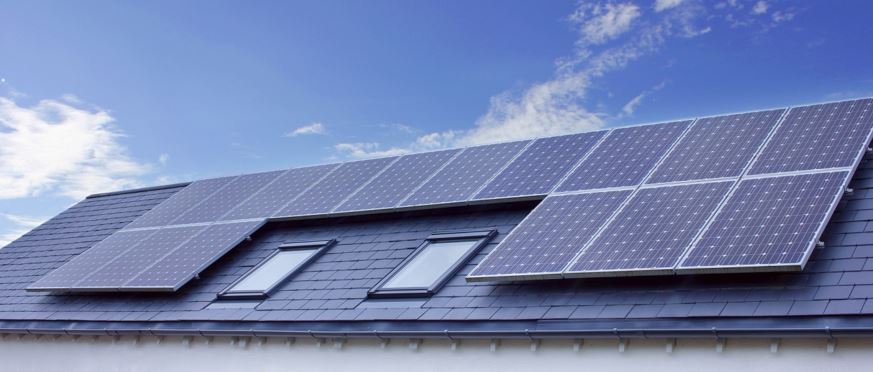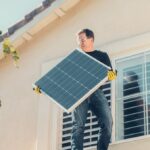According to NASA satellites, the most recent measurement of the Sun’s solar energy is about 1,360 Watts per square meter. That’s enough to power a 4-cup coffee maker and two flat-screen TVs for every square meter of your property.
But with a lot of conflicting information regarding solar power, it might be overwhelming to make a move to solar. This article explores some common solar energy myths keeping you in the dark. So, if you’re waiting for that eureka moment, and want a little more assurance, keep reading.
What is Solar Energy?
Solar energy is the Sun’s light and heat, and it’s abundant. This energy can be captured, stored, and harnessed to provide electricity. It’s a clean, renewable source of power and a great alternative to fossil fuels, which means fewer greenhouse gases going into the environment.
Types of Solar Energy Systems
There are two main types: the home-use systems you find on rooftops and commercial systems found at large installations. In the case of residential solar power, the most common technology is Photovoltaic Solar Energy (PV). On the other hand, concentrated Solar-thermal Power (CSP) is used in the commercial solar sector.
PV solar panels absorb and convert sunlight to voltage, which can be used immediately or stored in a battery. In contrast, CSP systems use mirrors to concentrate sunlight on receivers, converting it to heat instead of voltage.
Solar Energy Myths
Solar energy myths stem from outdated knowledge gathered when solar technology was in its infancy. Here are the most common that still exist today:
It’s Expensive and Complicated to Install
While it’s true that solar panels were a costly investment at some point, they’re now much more affordable. And in many states, including Ohio, the government offers subsidies and incentives to promote solar use, making it cheaper in practice than it may appear on paper. Make sure to check with your local solar company to find out more.
And don’t worry, from licensing and installation to maintenance, they make the task of switching to solar a breeze – be sure to choose the best solar company for the job.
It Doesn’t Work When It’s Cloudy
False. As long as the sun is shining, solar panels work in all types of weather conditions. Germany, for example, has some of the fewest hours of sunshine, and they’re still one of the largest solar power producers in the world.
Solar Panel Technology Isn’t Efficient or Reliable Enough
It’s easy to confuse what efficiency means when referring to a solar panel’s efficiency rate. Not all light from the Sun is absorbed by solar cells; take infra-red, for example. Modern solar cells can absorb 20 to 30% of the Sun’s total energy, and that’s a lot.
And with no moving parts to wear out or break and maximum lifetime use of 25 years, solar power is a sustainable force to be reckoned with.
Solar Panels Are Bulky
Untrue. Modern solar panels are both sleek and unobtrusive and even offer additional protection to the area of the roof they’re covering.
And since local solar installation has become an increasingly desirable home improvement, this makes resale quicker and adds value to your home should you choose to sell.
Solar Power Is Only for Electricity Generation
False. Some devices store the Sun’s energy in the form of heat, not electricity. Thermal solar energy is a great way to heat the water in your tank and pool, even if you don’t use solar power to save on your general utility bill.
Harness the Power of Going Green
You don’t have to be a rocket scientist to get in on the latest innovations, and with the demand for renewable energy on the rise, you’re guaranteed to be in good company. If saving the planet for future generations isn’t enough of a benefit, saving your hard-earned dollars is something we can all relate to.
If you enjoyed this article debunking solar energy myths, be sure to look at others from our Technology & Lifestyle categories.
















